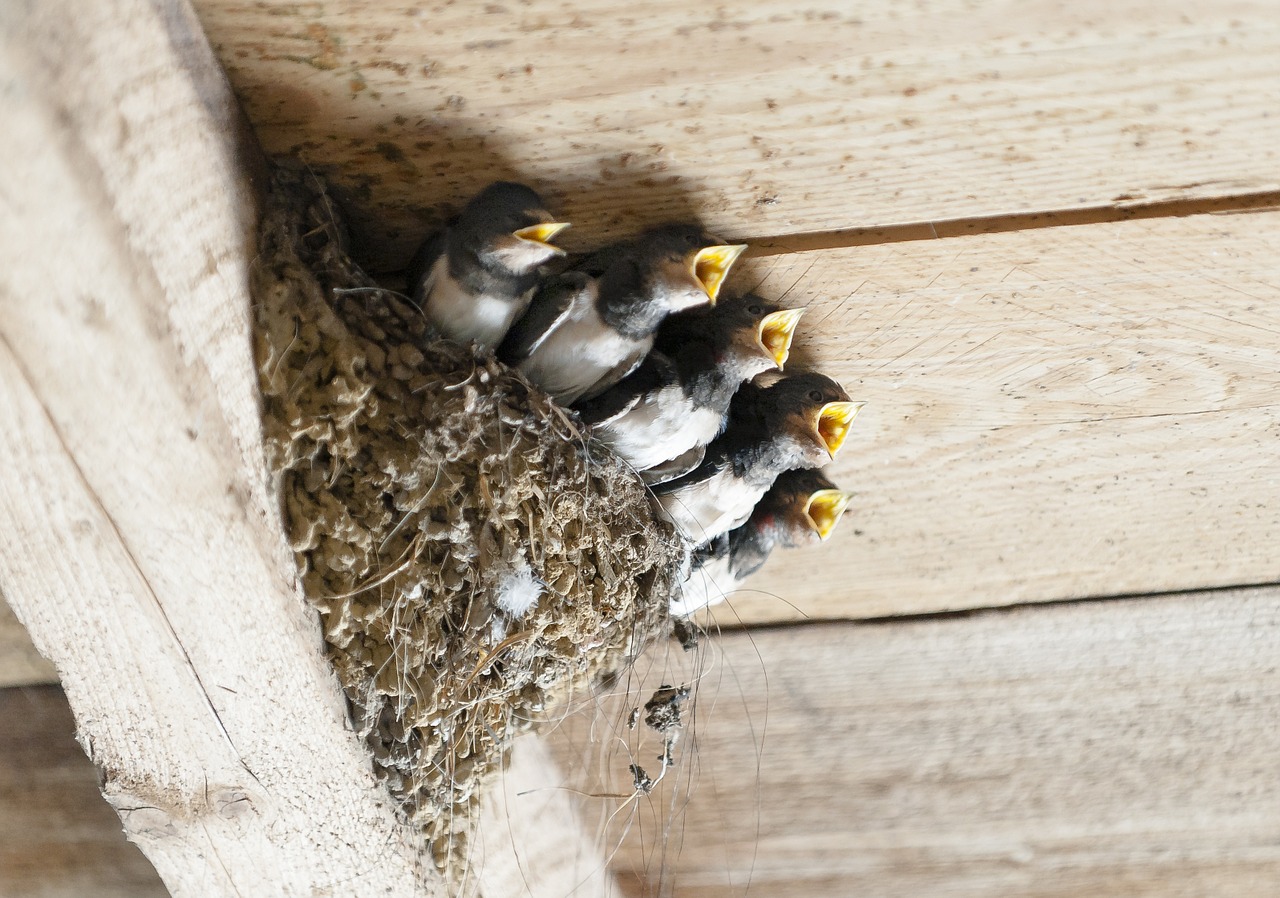
Bird Control

Birds are an important part of our natural environment, playing a key role in seed dispersal, plant pollination, and even pest removal. There are nearly seven hundred avian species in Canada. Birds usually become a nuisance if they build nests on your property which leads to loud noises, structural damage, and hazardous messes.
The Migratory Bird Treaty prohibits the hunting, killing, capturing, injuring, or harassing of migratory birds in any manner. It also protects their eggs, nests, and nest shelters. Even if a species is not protected nationally, local regulations can apply to certain bird species. The pigeon, sparrow, and starling are the three nuisance birds not protected, but we still provide humane solutions for bird control.
Bird Control
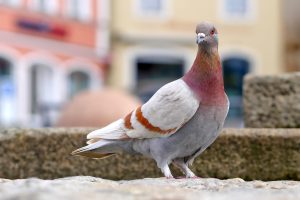
Birds seek out crevices, holes, and high places that protect their young from the elements. Typical nesting locations in your house include gutters, chimneys, attics, roof returns, or vents.
Different birds require different removal strategies. Catching or trapping birds is nearly impossible. The most effective control method is to make their roost unattractive.
Inspection
Every bird removal begins with a thorough inspection of the area of concern. Critter Control wildlife technicians first aim to discern the specific species causing issues for the homeowner, and whether they are federally protected. Wildlife Technicians use their knowledge of bird nests, visual identification, auditory calls, and bird behavior to identify the species in question.
Bird Trapping and Removal
The most effective method of bird control is prevention and exclusion. Occasionally, live traps will be used, especially if flocks of birds are involved. For persistent birds and larger flocks, several advanced techniques may be applied simultaneously including spikes, mylar tape, scare tactics, and more.
Exclusion and Repair
Critter Control wildlife technicians will seal openings and apply caps on vents or chimneys where necessary. If a bird has occupied the area, Critter control agents will clean any bird messes and apply sanitization agents to ensure the safety of the home.
For exterior areas such as roofs and trees, any combination of exclusion, habitat modification, and deterrents. The primary objective is to make the property unsuitable or unattractive to birds.
Signs of Bird
There are a few signs that suggest a bird is occupying your interior or exterior living space. By identifying them, you are better equipped to make the best decisions for bird removal. It’s important to act quickly when you recognize the signs before any issues develop.
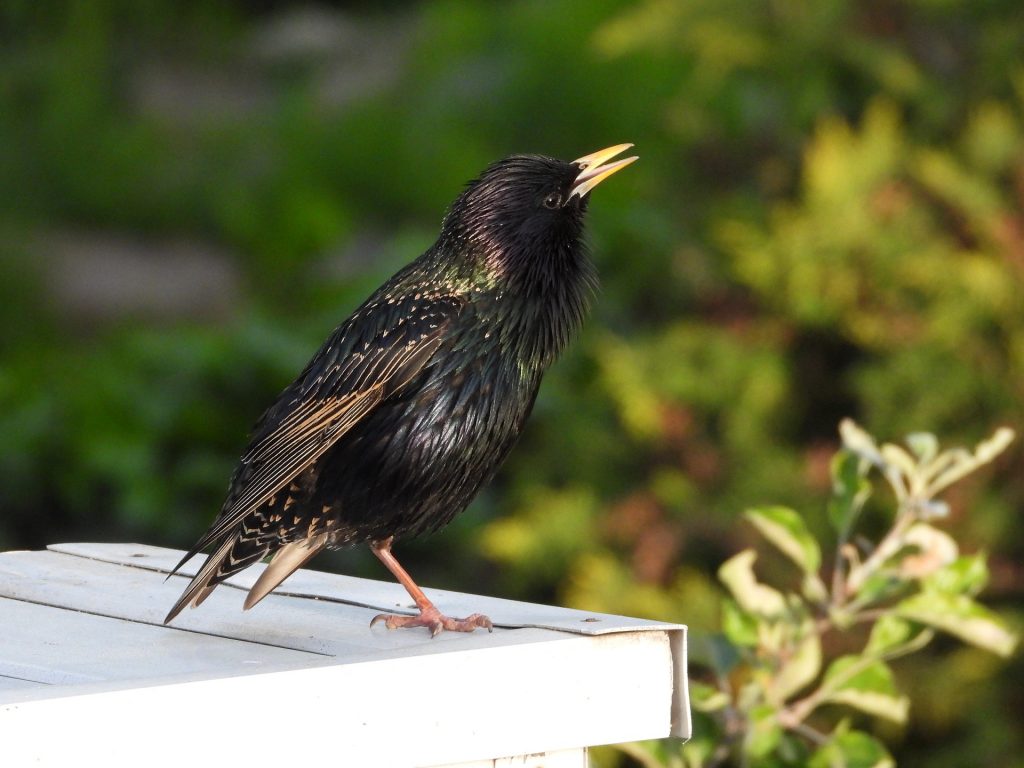
Bird Sounds & Noises
Unlike most nuisance wildlife, birds are easily identified by the noises they make. Their unmistakable chirping, cawing, and pecking are sure indications of active gatherings.
Vocal Noises
Depending on the species, bird noises include chirping, whistling, cawing, honking, hooting, or cooing.
Movement Noise
You might also notice movement noises like pecking, scratching, fluttering, or thumping.
Bird Droppings
The easiest way to identify that a bird is occupying your space is by its telltale white droppings. Some areas of the house or yard may be appealing for birds as sites to settle or congregate, causing a buildup of bird droppings that is both unsightly and potentially dangerous.
As for raptors and owls, their excrement will not share the same characteristics as songbirds. The poop of larger bird species can be mistaken for mammals, as it is larger and similarly shaped. However, the feces of larger birds will have large quantities of animal fur.
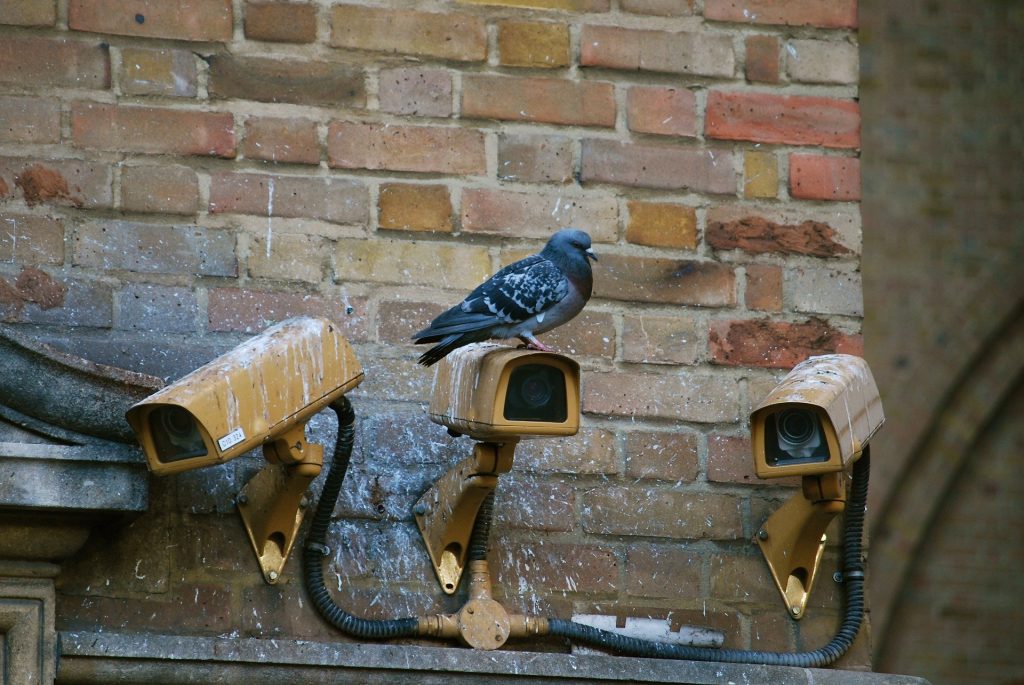

Bird Nests
Birds look for places offering ample shelter from the elements of weather, typically high off the ground to protect their young. While birds typically choose trees, shrubs, and other natural sights to build nests, some bird species tend to build them in the crevices of homes, buildings, and bridges. Bird nests come in many shapes and sizes.
Each species has unique methods in choosing a suitable location and constructing nests to house their young. Some species do not build nests at all and instead lay their eggs in the nests of other birds. Those that do build nests generally construct a shell of sturdy materials like sticks, plant stems, and grasses held together with mud. The interior is lined with soft materials like moss, animal fur, dried leaves, string, or bits of cloth.
Bird Damage
Although birds play a critical part in our ecosystems, you don’t want them in or in your house. Birds harbor up to 60 diseases. Birds can cause structural damage due to the high concentration of acids in their excrement which can corrode roof tiles. Lastly, bird nests are highly flammable, increasing fire hazard risks to the home.
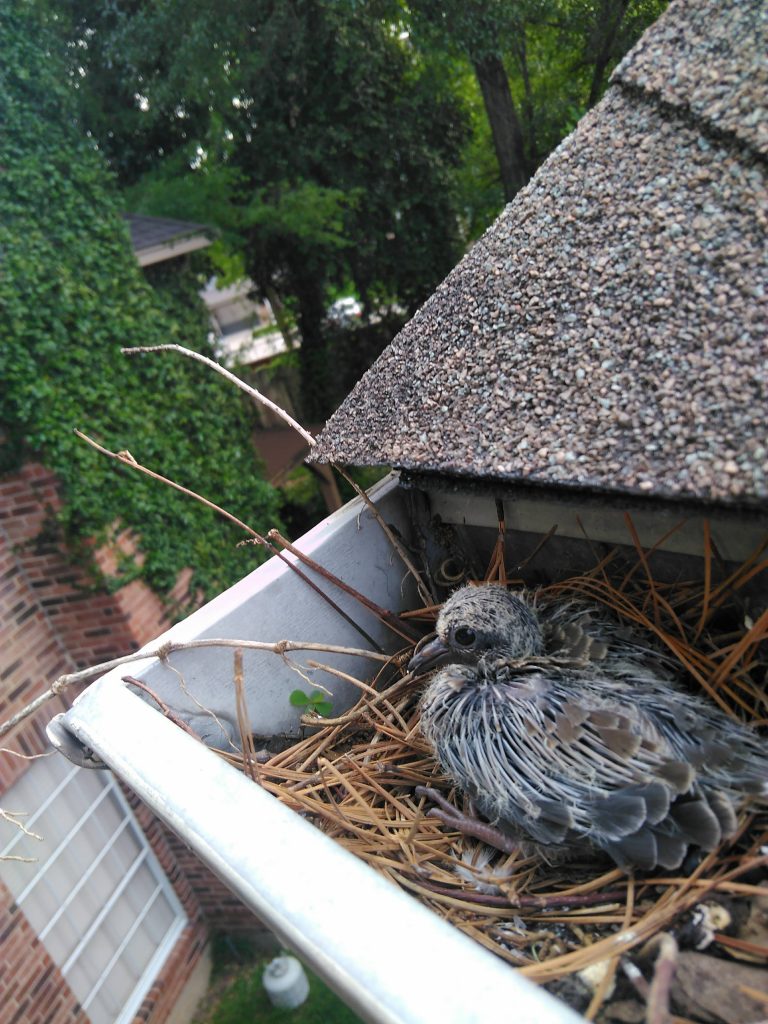
Bird Feces Risks
Bird droppings can also contaminate food or water sources with diseases such as histoplasmosis, cryptococcosis, salmonellosis, Newcastle disease, and psittacosis, each of which incites severe health problems.
Histoplasmosis is a fungal disease that affects the respiratory system and causes flu-like symptoms.
Cryptococcosis can either develop as a lung infection spreading to the nervous system or as a skin irritation characterized by lesions and ulcers. The bottom line, for the safety of the household and visitors, it’s important to remove bird feces and sanitize the area, deal with the root cause, and prevent reoccurrence.
Bird Nest
Nests can turn messy, with the accumulations of bird poop below nests containing harmful diseases such as histoplasmosis, which leads to dangerous respiratory problems for humans.
Furthermore, the nests themselves often harbor pests like ticks and mites.
Lastly, bird nests are highly flammable, built with dried plant matter, making them serious fire hazards.